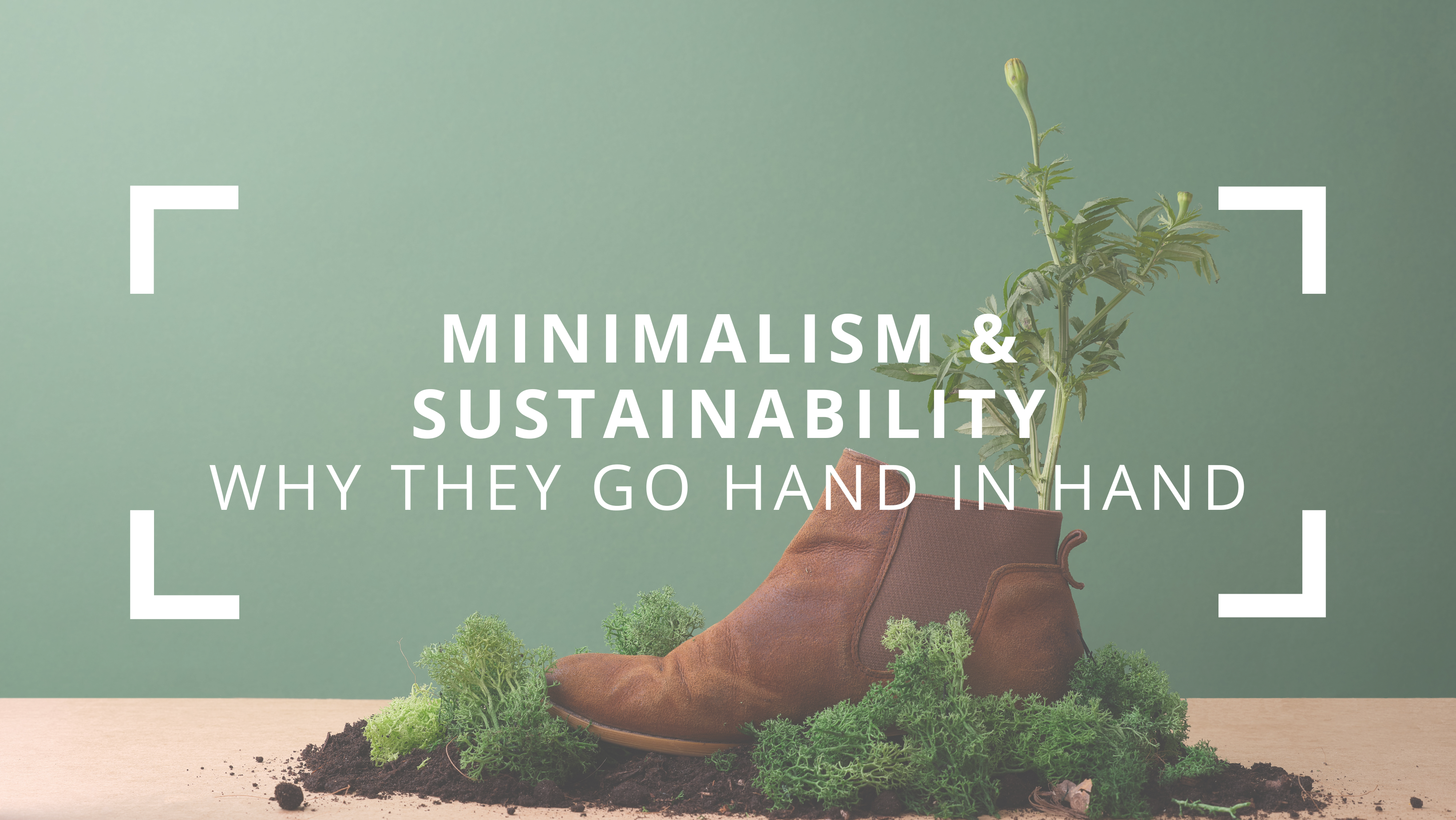
Minimalism and sustainability – two rising trends of recent years. The former is all about minimising your possessions to maximise your happiness, the latter focuses on minimising your environmental impact.
It’s no wonder these two have become popular side by side – they directly reflect the values our society is slowly shifting towards while having a lot in common.
The Basics of Minimalism
Minimalism adds value to your life as you minimise the number of things your own and downsize your home. By clearing away clutter and items that you don’t need or find joy in, you’re making more space in your life for the things that really do matter: relationships, health, your career or hobbies, and more.
Minimalism is not a one-size-fits-all recipe, because we all live a different lifestyle. However, in all cases, what is important is getting rid of items that don’t serve you and not buying anything that doesn’t have a purpose.
The Principles of Sustainability
Sustainability encompasses many different movements and ideas, which can help you reduce the impact you have on the environment.
Through making sustainable choices, reducing our carbon footprint, shopping more locally, eating a (mainly) plant-based diet, using no plastic, refusing fast fashion or other similar decision, we can create our own recipe for a sustainable lifestyle.
Where the two meet
Sustainability and minimalism are both largely about minimising. One of the most apparent intersections is limiting what you buy to only the items you need or derive a lot of happiness from. This is minimalist, as it prevents you from bringing items into your home that don’t spark joy or have an important use. It is also sustainable, as it reduces your consumption of resources, tackles the issue of overconsumption and prevents waste from piling up in landfills. Both minimalism and sustainability involve the minimisation of our consumption – each for different benefits.
All in all, minimalism and sustainability are both built upon a similar set of values – an appreciation for what matters most in life (relationships, nature, harmony…) rather than the short-term pleasure of buying stuff or wasting it.
In our world, minimalism and sustainability are two values many of us desperately need. We’re raised by commercials telling us buying more stuff will make us happier and aggressive sales tactics normalising overconsumption. There is a lot of truth in the saying that money can’t buy you happiness.
Conclusion
The parallel rise of minimalism and sustainability reflects a societal shift towards valuing what truly matters. Minimalism, with its emphasis on reducing possessions to maximize happiness, aligns with sustainability's focus on minimizing environmental impact. Both movements share a common thread in the pursuit of a more meaningful and intentional way of living. By embracing minimalism, individuals can create space for what truly brings joy, be it relationships, health, or personal pursuits. Likewise, sustainability encourages mindful choices that reduce environmental impact, fostering a lifestyle that is both conscious and purposeful. Ultimately, both minimalism and sustainability advocate for a reevaluation of values, emphasizing the importance of lasting fulfillment over material possessions.
